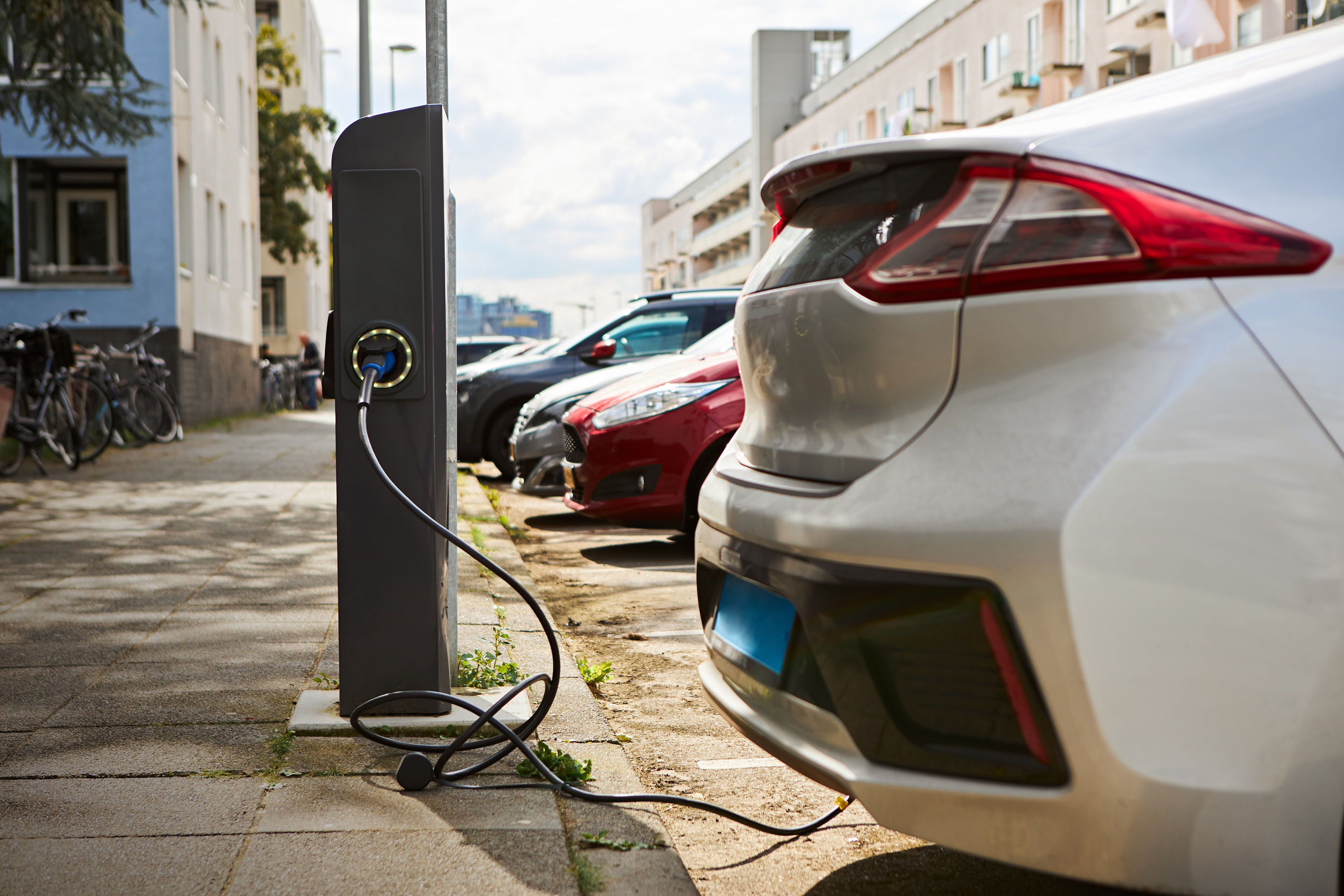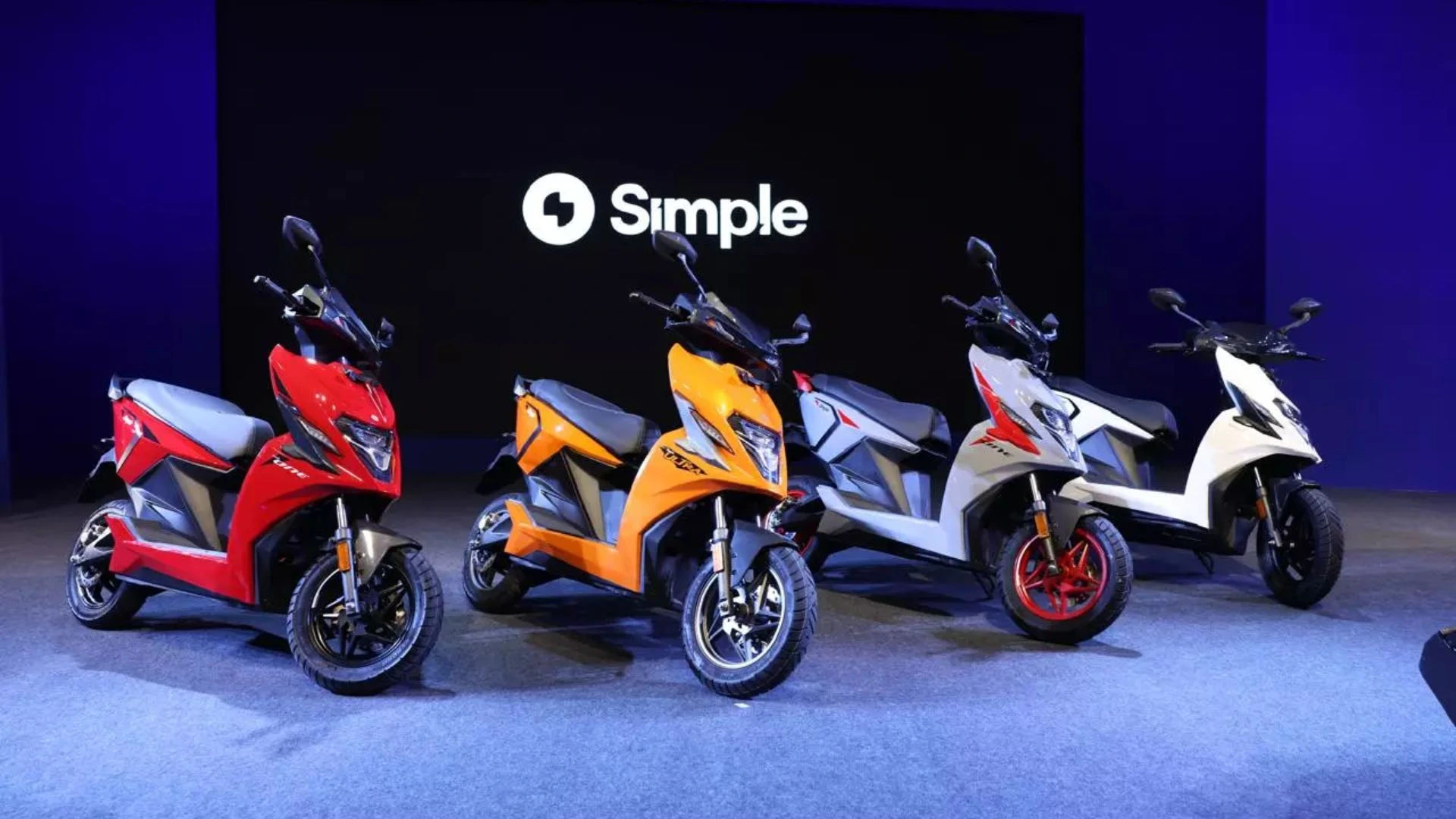India's electric vehicle sector achieved a historic milestone in 2023, with sales crossing 1.5 million units and year-on-year growth of 50%. However, EV penetration remains low due to range concerns, high prices, and inadequate charging infrastructure. Dr. Waman Parkey, Partner and Head of Automotive (Tax) at KPMG in India, explains what India needs to boost the EV sector.
In recent years, policy initiatives taken by the government, as well as technological development implemented by industry players to make electric vehicles more affordable, have made electric mobility seem more like a reality than a heady dream of the past. In FY2023, India's EV sector achieved a historic milestone by achieving sales of 1.5 million units, representing a year-on-year growth of nearly 50%.

Despite various incentive schemes like Production Linked Incentive (PLI), Advanced Chemical Cell Battery PLI, and FAME II introduced by the government, the penetration of electric vehicles is still very low, currently only around 1% of total sales in India. Although the growth rate of passenger vehicle sales is the highest among various segments due to the small base, only a few buyers show confidence in purchasing electric SUVs for private use. This is mainly due to concerns about range, high prices of electric vehicles, and a lack of adequate charging infrastructure. Despite the progress that has been made, electric vehicles are yet to reach the tipping point of their growth in India.
It is time to realize that electric vehicle growth cannot be supported by government incentives alone. They must be supported by new technologies that reduce vehicle costs, improve vehicle range, and develop newer methods of charging infrastructure.
The battery management system (BMS), along with battery components, accounts for nearly half the cost of electric vehicles. This has increased the total cost of ownership of electric vehicles, especially four-wheel drive vehicles. Therefore, what is most important is developing national capabilities in the field of battery manufacturing. However, the current low demand for electric vehicles will make this difficult. How can we break this impasse?
To achieve economies of scale in battery manufacturing, it may be worth exploring the promotion of “ICE + EV” hybrid vehicles, especially in the smaller vehicle segment. Currently, hybrid vehicles do not receive any taxes or other incentives, and these vehicles are mostly available in medium to high-price segments. Incentivizing smaller hybrid vehicles could help create that critical mass for battery manufacturing in India, reduce the cost of batteries, and develop newer indigenous technologies. This may include lowering GST rates on hybrid vehicles, as is the case today with electric cars.
To incentivize small hybrid vehicles, these incentives may be allocated to vehicles with a length of less than 4 meters and a displacement of less than 1,000 cc. State policies may provide additional incentives for under-investment policies for this segment, the burden of which may be shared in whole or in part by the central government under a centrally sponsored scheme. Covering hybrid vehicles under the PLI scheme could also be a way to incentivize such vehicles. Tax incentives could be provided to buyers (individuals and businesses) of hybrid vehicles by accelerating income tax deductions to accelerate the transition to hybrid vehicles.
Local capabilities and newer technologies created for this “small hybrid vehicle segment” could help reduce the total cost of electric vehicle ownership in the coming years. It will also save a lot of time for charging infrastructure to mature, as hybrid cars do not need charging infrastructure.
A joint strategy to incentivize battery manufacturing, R&D in battery technologies, as well as taxes and other incentives for small hybrid passenger cars, could be a game-changer for the Indian automobile industry.
The human side of the EV ecosystem is often neglected. The EV ecosystem will create new job roles that will be different from business roles
These roles will be created across the entire EV value chain, from battery manufacturing to EV manufacturing and maintenance and charging infrastructure. Special incentives for skills improvement can be provided to OEMs and other value chain actors, training/education institutes, etc. Higher-income tax deductions to meet reskilling expenses of OEMs, centrally sponsored schemes under the Ministry of Heavy Industries, or refinancing state government expenditure. The service industry workforce, through IT organizations and other institutions, and increased income tax expense deductions for sponsoring or incurring expenses for specific retraining courses, could be potential areas where benefits and incentives for OEMs could be considered.
Electric cars typically have fewer moving parts and therefore have lower maintenance costs.
According to estimates, the automobile sector employs 37 million people. In India, the shift to electric vehicles means disrupting job opportunities for many of these people, especially in the service and maintenance industry. Upskilling and reskilling of the workforce in both organized and unorganized sectors will be a major challenge for EV growth and must be addressed now to achieve smooth growth of electric vehicles in the future.
Also Read: Top 5 alloy wheel brands of India in 2024









_1767695889.webp)

_1767604257.webp)